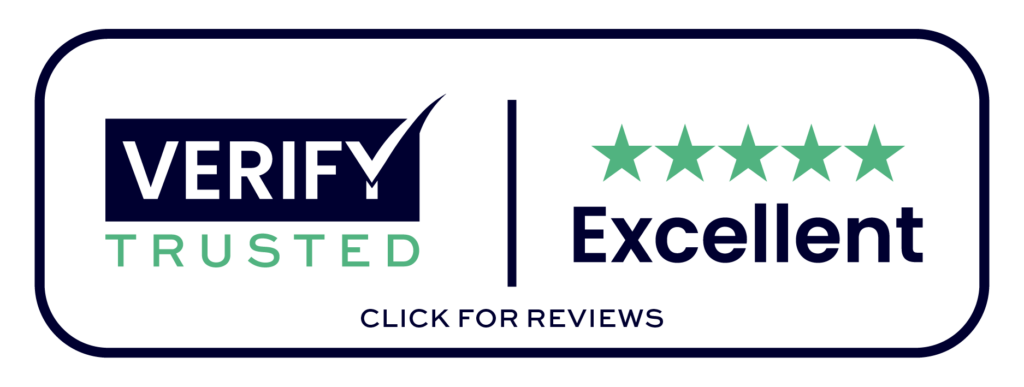Stamp Duty is one of the most significant costs when buying a property. It’s essential for homeowners to understand recent changes announced in the Autumn 2024 Budget and to know how they may benefit or impact your property plans. Whether you’re considering a move or staying informed, Properly Guide will bring you up to speed on the latest rules, offer helpful tips, and help you make the best financial decisions when buying property in London.
What Is Stamp Duty and Why Is It Important?
Stamp Duty Land Tax (SDLT) is a tax buyers pay on property or land purchases over a specific value in England and Northern Ireland. Scotland and Wales have separate taxes. This tax applies to freehold and leasehold properties and includes cash and mortgage purchases. Stamp Duty is an unavoidable cost for most property buyers, so knowing the rates and potential exemptions can save you money and ensure you’re financially prepared.
2024 Stamp Duty Updates from the Autumn Budget
In the Autumn 2024 Budget, the Chancellor, Rachel Reeves, introduced changes to Stamp Duty, affecting additional property purchases and corporate investments. Here’s what homeowners and investors in London should know:
Increased Rates on Additional Dwellings
The government raised the Stamp Duty rate on second homes and buy-to-let properties from 3% to 5% above standard residential rates. This change is intended to moderate property investment purchases, potentially increasing availability for first-time buyers.
Higher Rate for Non-Natural Persons
Purchases by companies or non-natural persons (corporations or trusts) of properties over £500,000 will now be taxed at 17%, an increase from the previous 15% rate. This adjustment applies to high-value properties acquired for investment purposes by corporations.
These new rates apply to transactions effective on or after 31st October 2024. For those considering property investments or additional purchases, it’s essential to consider these new rates when calculating potential costs.
Stamp Duty Rates Explained
Stamp Duty rates are tiered, meaning that different portions of the property’s price are taxed at different rates. Here’s a basic breakdown:
| Price Range | First-Time Buyers | Standard Buyers | Additional Property Buyers |
| Up to £250,000 | 0% | 0% | 5% |
| £250,001 – £925,000 | 5% | 5% | 10% |
| £925,001 – £1.5 million | 10% | 10% | 15% |
| Over £1.5 million | 12% | 12% | 17% |
3 Tips for Reducing Your Stamp Duty Bill
1. Consider First-Time Buyer Relief
If you’re purchasing your first property, confirm your eligibility for first-time buyer relief, which can reduce or eliminate your Stamp Duty liability for homes up to £250,000. This could save you thousands on a property for sale in London.
2. Look Into ‘Mixed-Use’ Properties
Mixed-use properties, such as homes with commercial elements, attract lower tax rates as they’re treated as “non-residential” for Stamp Duty purposes. If you’re considering unique property types, speak with the team at Properly to find out if we have any properties that meet this category.
3. Consider Timing for Second Property Purchases
Buying an additional property now incurs a 5% surcharge, but timing can affect this. If you’re selling a property within 36 months of purchasing another, you may qualify for a rebate on the surcharge. You can apply here.
2 Common Stamp Duty Myths
Myth 1: You Can Avoid Stamp Duty by “Gifting” the Property
Even if a property is “gifted,” Stamp Duty may apply unless gifted to a company. It’s essential to understand the rules to avoid any unexpected costs.
Myth 2: Stamp Duty Only Applies to High-Value Properties
Even though properties under £250,000 are exempt for standard buyers, Stamp Duty can still apply to additional properties or purchases over this threshold.
Calculating Stamp Duty for Your Property
Stamp Duty can be confusing due to its tiered structure. Fortunately, most estate agents in London, including Properly, can help you with this.
What Next?
Whether you’re a first-time buyer or an experienced property owner, staying informed about Stamp Duty changes is essential.
At Properly, we are committed to guiding you through each step of the buying process and helping you make informed decisions.
Ready to make your next move?
Planning to buy or sell property?
Contact Properly today at 0207 459 4400 or email [email protected] for personalised advice.
In the meantime, we’ve answered your common questions about stamp duty.
Frequently Asked Questions About Stamp Duty
Do I have to pay Stamp Duty if I’m a first-time buyer?
Yes, but if your property is priced at up to £250,000, you will avoid Stamp Duty altogether.
How much is Stamp Duty on a £300,000 property?
For first-time and standard buyers, the rate on a £300,000 property would involve a 5% tax on the amount over £250,000.
Are Stamp Duty rates different for buy-to-let properties?
Buying an additional property means paying an extra 5% surcharge on each price band.
Can I get a refund on Stamp Duty if I sell my main home within a specific timeframe?
Yes, if you sell your main home within 36 months of purchasing an additional property, you may qualify for a refund on the 5% surcharge.
Are there exemptions for environmentally friendly homes?
Specific green properties may qualify for tax rebates depending on their energy efficiency rating.
When is Stamp Duty due?
Stamp Duty is usually due 14 days after the purchase of your property is finalised.








